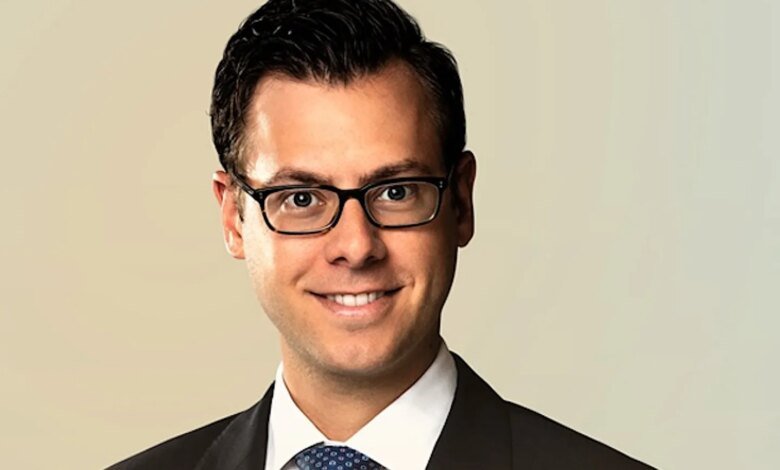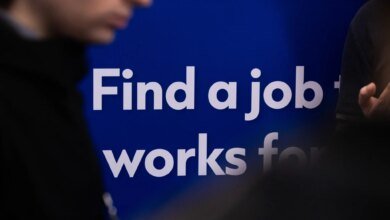Private credit sees rise in ‘Bad PIKs’ showing ‘cracks’ in the market

The number of private credit deals being changed after the initial deal is signed to include riskier terms for the lender is on the rise, according to Lincoln International, an investment bank advisory service that monitors this market. This is a sign that there are potential “cracks” in the $3 trillion private credit market, according to Brian Garfield, managing director of Lincoln and head of US Portfolio Ratings.
Garfield said luck That the broader private credit market was healthy, and that companies borrowing within it were significantly increasing their revenues and profits. But the number of companies taking on new debt that includes “payments in kind” has increased.
PIK typically involves allowing a borrower to forego making regular interest payments on their debt in favor of adding that interest to the principal balance of the debt, which becomes due when the debt matures. PIKs typically use a higher interest rate to compensate the lender who takes on the additional risk. Companies that take PIKs often do so because they are trying to conserve cash in the short term.
PIKs are not always a negative thing, although they tend not to be used by companies with strong balance sheets. If the PIK is included in the deal from the beginning, both sides know what to expect, and the lender will be compensated with a richer return as the PIK matures. This may be considered a “good PIK”.
Lincoln data shows that the number of private credit deals involving PIKs of any type rose from 7% of deals in the fourth quarter of 2021 to 10.6% in the third quarter of 2025. The company looked at the valuations of 25,000 companies this year, using data from more than 225 asset managers globally, including venture capital, corporate debt and private credit investors. Most of the deals included in the data are backed by private equity, Garfield said.
Furthermore, the percentage of PIK trades that Lincoln considers “bad PIKs” is also on the rise. Lincoln defines a bad PIK as when a PIK is added to a private credit loan after the original deal has been signed – meaning the borrower experienced some type of negative surprise that added more risk (and therefore more potential reward) to the deal for the lender, requiring the deal to be modified.
In the fourth quarter of 2021, only 36.7% of PIK cases were bad, Garfield said. But in Q3 2025, that ratio reached 57.2%, meaning the majority of PIKs in private credit deals reviewed by Lincoln are now “bad PIKs.”
“There are cracks in the private markets,” Garfield said.
Courtesy of Lincoln International.
“There are cracks that are noticeable because you see the fact that there are a lot of PIKS, and that is a crack in itself,” Garfield said.
However, because 68% of companies in Lincoln’s database increased their revenue over the previous 12 months, and because 62% increased their adjusted earnings before interest, taxes, depreciation, and amortization (or EBITDA), Garfield doesn’t think the cracks represent a crisis. “We don’t really see it as violating the foundation,” he said.
Cracks, but not after the crisis
Asset managers see the same thing.
“There has been an uptick in non-performing loans, or non-performing loans, by private credit lenders,” said Jay Lebas, chief fixed income strategist at Janney Capital Management, a wealth management firm that advises on about $170 billion in client assets. luck. “It doesn’t sound exactly huge, and I really think the best defense that private credit markets have against an uptick in stress defaults is the fact that they generate between 8% and 12% [interest] Coupons. As a result, you get paid very well, even if defaults are somewhat higher.
“There is a lot of ‘data’ as well as a handful of actual numerical data that all point to deteriorating credit quality among private credit borrowers. Absolutely. There’s really no doubt about that,” Lebas continued. “It’s just that the compensation for that risk is so large that you can only take so much deterioration before you see private credit underperform relative to a lot of public alternatives.”
Len Tannenbaum, founder of Tannenbaum Capital Group, a group of affiliated asset managers with $1 billion under management, said: luck He believed that Lincoln’s estimate of the spread of PIK was low. “I think 10% is probably a low number,” he said. “I don’t have the data to back it up, but I’m sure I’ve heard that 12% to 15% is the number.”
Tannenbaum also said he was concerned about the widening of private credit spreads on Treasuries — the extra premium in interest yields that investors demand above the interest rate on risk-free government bonds — and the amount of leverage some investors have placed on top of that.
“I think you’re going to see more influence in this system than people understand,” he said.
Don’t miss more hot News like this! Click here to discover the latest in Business news!
2025-11-21 08:03:00




